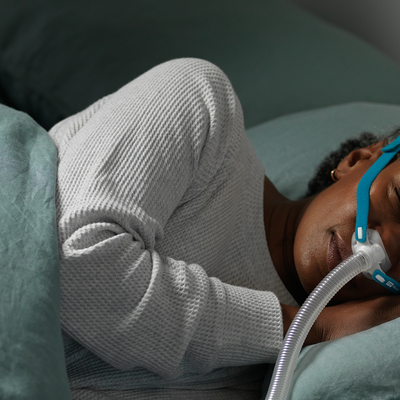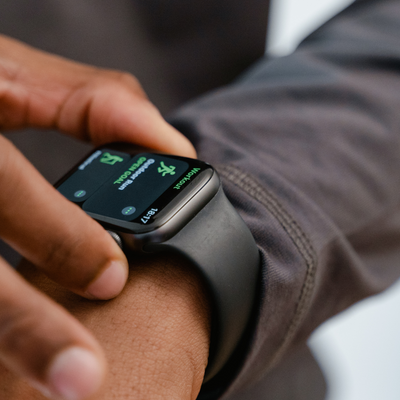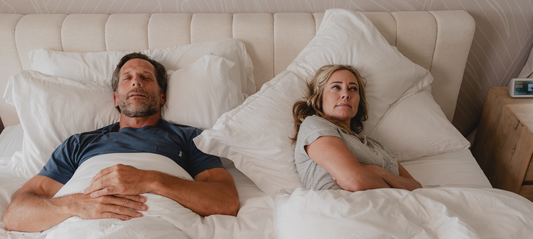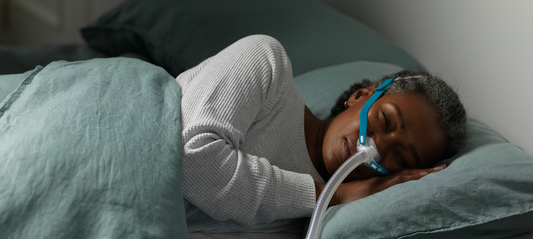Written by Alison Arntsen
March 7, 2023
If you’re someone who struggles with getting consistent restful nighttime sleep, few things sound better than a midday nap, but are they always a good idea? Especially for those with sleep disorders such as sleep apnea or insomnia, getting through the day without a nap might feel impossible. But, are your naps actually improving your sleep health or hurting it?
What are the benefits of napping?
One study reports that one third of Americans take a daily nap. Many companies even have dedicated spaces in their offices to accommodate naps for their employees. Studies show that for healthy adults, naps under 30 minutes can improve wakefulness, performance, mood regulation, and learning ability.
To get the most out of your naps, the CDC recommends taking a 15-30 minute nap early in the day and allowing enough time to return to full alertness before returning to work or other important tasks.
If you work a nighttime shift or have had an emergency that disrupted your sleep for a significant amount of time at night, a longer nap may be more beneficial. However, for most of us, a longer nap can get into deeper stages of the sleep cycle, which may be more difficult to wake up from and can cause grogginess, counteracting the benefits of a nap.
However, if you have a sleep disorder, napping is most likely not the best solution for your daytime drowsiness.
Can napping help with sleep disorders?
For those who have been diagnosed with sleeping disorders, napping can actually do more harm than good. If you have a disorder, taking naps during the day can disrupt your sleep debt, actually making it harder for you to fall asleep at night.
The term “sleep debt” is used to describe the amount of sleep you are missing that’s below the recommended amount. For example, it’s recommended that most adults get 8 hours of sleep per night. If you are regularly getting 6 hours of sleep per night due to your sleep disorder, you build up a sleep debt of 2 hours per night.
For those with insomnia or sleep apnea, having sleep debt may actually help you stay asleep longer at night. Obviously, if you can refrain from napping during the day, you will be more tired at bedtime. The more tired you are, the more likely you are to get more sleep at night. When you take a nap during the day, you cut into that sleep debt and create a cycle that can perpetuate your lack of nighttime sleep.
If you’ve recently been diagnosed with sleep apnea and are using a CPAP machine, sleep debt is especially important for you. There is an adjustment period for learning to sleep with a CPAP machine. One thing you can do to make your adjustment smoother, is to make sure you’re good and tired at bedtime, making falling asleep with your new equipment just a little bit easier.
Do I need my CPAP for naps?
When napping is an absolute necessity for you and you have sleep apnea, it’s important to remember to wear your CPAP machine when napping. You will experience the same breathing interruptions when napping as when you’re sleeping at night. Napping with your CPAP machine can also help you adjust to the equipment more quickly, improving your sleep health.
You should always consult your physician when coming up with the best plan to get the rest you need. Each person’s circumstances and sleep habits are different. Additional help is available with Lofta’s respiratory therapists to help coach you through your specific scenario.


















